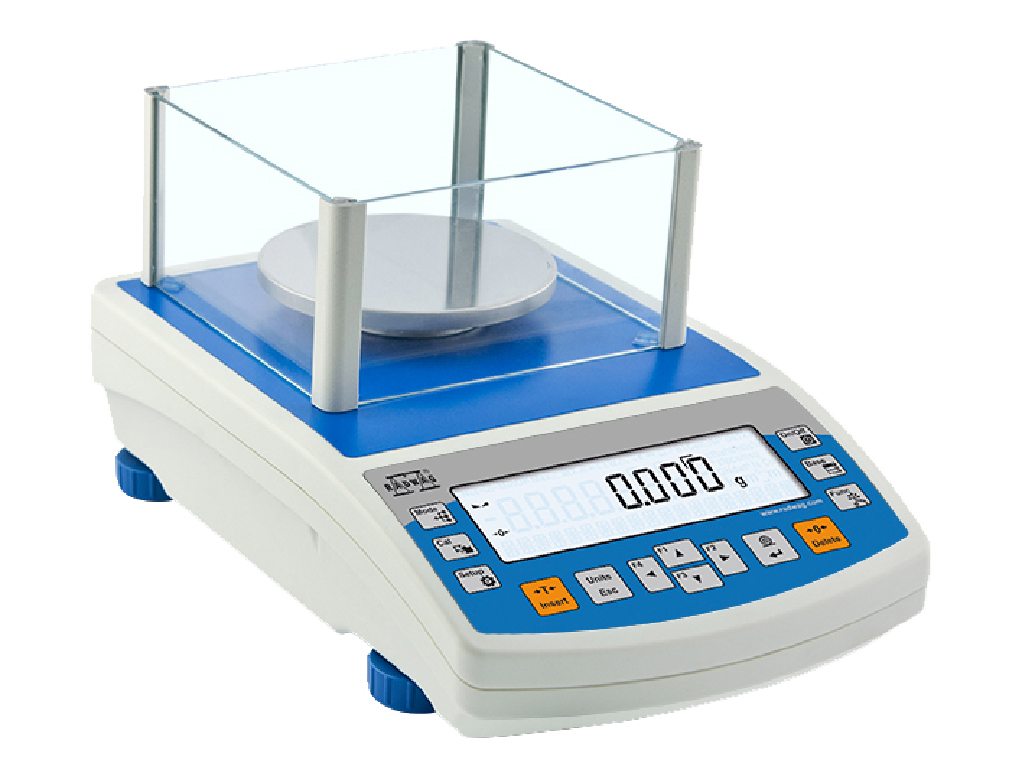In the world of scientific experimentation, precision and accuracy are paramount. Whether you’re working in pharmaceuticals, research, or any laboratory setting, the selection of the right laboratory balance is crucial. From measuring minuscule quantities to ensuring reproducibility, the balance you choose can significantly impact your results.
Understanding Types of Laboratory Balances
Analytical Balances: Analytical balances are ideal for precise measurements in sub-milligram ranges. They often come equipped with draft shields to minimize environmental interference.
Top-loading Balances: These are versatile and cater to a broader range of measurements. They are more tolerant of environmental conditions but may sacrifice some precision for versatility.
Precision Balances: Precision balances are suited for less critical measurements but still offer high accuracy within a milligram range. They are less sensitive to environmental factors compared to analytical balances.
Factors to Consider Before Purchase
1. Accuracy and Precision
The accuracy and precision of a laboratory balance are the most important factors to consider. Accuracy refers to the difference between the actual weight of the sample and the measured weight, while precision refers to the ability of the balance to give consistent results. Ideally, you would want a balance that offers both high accuracy and precision in a sensitive, reliable and consistent manner. Consider the laboratory balances with a readability of 0.001g or below, based on the requirements of your research.
2. Sample Capacity and Size
The sample capacity and size are also critical factors to consider when buying a laboratory balance. Depending on the nature of your research, you may need a balance with a larger or smaller capacity. If you plan to weigh heavy samples or large containers frequently, you should select a balance with a higher capacity, whereas smaller samples require a balance with a lower capacity and sensitivity. Always make sure to weigh the maximum and minimum weight ranges of the samples to consider a balance that fits your needs.
3. Sensitivity and Readability
The sensitivity and readability of a laboratory balance determine how accurately and precisely the measurements can be documented. Sensitivity is measured by the minimum weight the balance can measure, while readability refers to smallest weight increment that a balance can detect and display on its screen. The finer the balance’s sensitivity and readability, the more precise the measurements will be. As a rule of thumb, the sensitivity should be at least ten times the readability – this offers a balance between sensitivity and accuracy.
4. Calibration and Maintenance
To ensure accurate readings, a laboratory balance should be calibrated frequently according to the manufacturer’s instructions. Calibrating the balance will ensure that it meets the recommended specifications and will help prevent errors. You may consider purchasing a balance with an automatic internal calibration feature that ensures that the balance quickly recalibrates itself. In addition to calibration schedules, it is also vital to conduct routine maintenance check to keep the balance in great condition.
5. Budget
The final factor to consider when selecting a laboratory balance is the budget. A quality scale often has a higher price tag, but it may also offer better accuracy, precision, and features to suit your research requirements. However, before investing in a balance, it is essential to create a budget and discuss with your team to determine the optimal balance of all the features and functionality needed. You may also consider the cost of purchasing additional peripherals such as printers or software, which are often necessary for recording and managing your measurements.
Also Read: Understanding the difference in weighting instruments.
Key Tips for Selection
Consult with Experts: Seek advice from experienced colleagues or industry professionals. They can provide valuable insights based on their practical experience.
Demo and Testing: If possible, test the balance with your typical workload before purchase. This ensures it meets your specific requirements.
Brand Reputation and Support: Choose reputable brands known for quality and reliability. Good customer support and warranty services are crucial for long-term satisfaction.
Future Expandability: Consider if the balance can accommodate potential changes in your laboratory’s needs, such as increased workload or different types of measurements.
Regulatory Compliance: Ensure the balance meets industry standards and regulatory requirements relevant to your field of work.
Conclusion
Selecting the right laboratory balance demands careful consideration of various technical, environmental, and operational factors. A balance that aligns with your specific requirements will not only enhance the accuracy and reliability of your experiments but also streamline your laboratory processes.
By understanding the nuances of different balance types and meticulously evaluating your needs, you can confidently make an informed decision. Prioritize precision, reliability, and suitability to ensure that your chosen laboratory balance becomes an invaluable asset in your scientific pursuits.










